Carros Village to Canal de la Gravière

The walk along Canal de la Gravière (about 700 m elev.) above Carros Village (370m) offers great views to Mercantour Summits and the Var River Valley. Local hiking guides call it also Balcon de Carros. We have previously posted hikes in this area: New loop trail above Carros Village and Sommet du Broc.
From Carros Village (370m) we started ascending along the path to Sommet du Broc. The path ends in a forest road; the trail to Sommet du Broc forks left, ascending to Canal de la Gravière where the aqueduct running along the mountain flank became visible. The descending dirt road descends to Le Broc.
This time we wanted to explore the northern part of Canal de la Gravière. A partly ingrown piste followed the aqueduct a few hundred meters after which the water duct dove into rocky and steep terrain, marking our turning point and picnic break.
On the way back, we walked the same way as far as to the crossroads by the forest road. From here we continued along it towards Le Broc. Before Le Broc Village, we reached a wider road and a crossroads showing the direction back to Carros Village, passing the Chapel of St-Sébastien. From the Chapel, the itinerary passed tranquil residential areas, following a paved road.
There were new signposts along the trail. Carros Village is a great starting point for day hikes. By taking advantage of the network of marked itineraries, you can easily tailor make your hike. The image below shows the GPS trail.
Duration: 2h15
Climb: 410 m
Map: 3642 ET Vallée de l’Estéron Vallée du Loup





















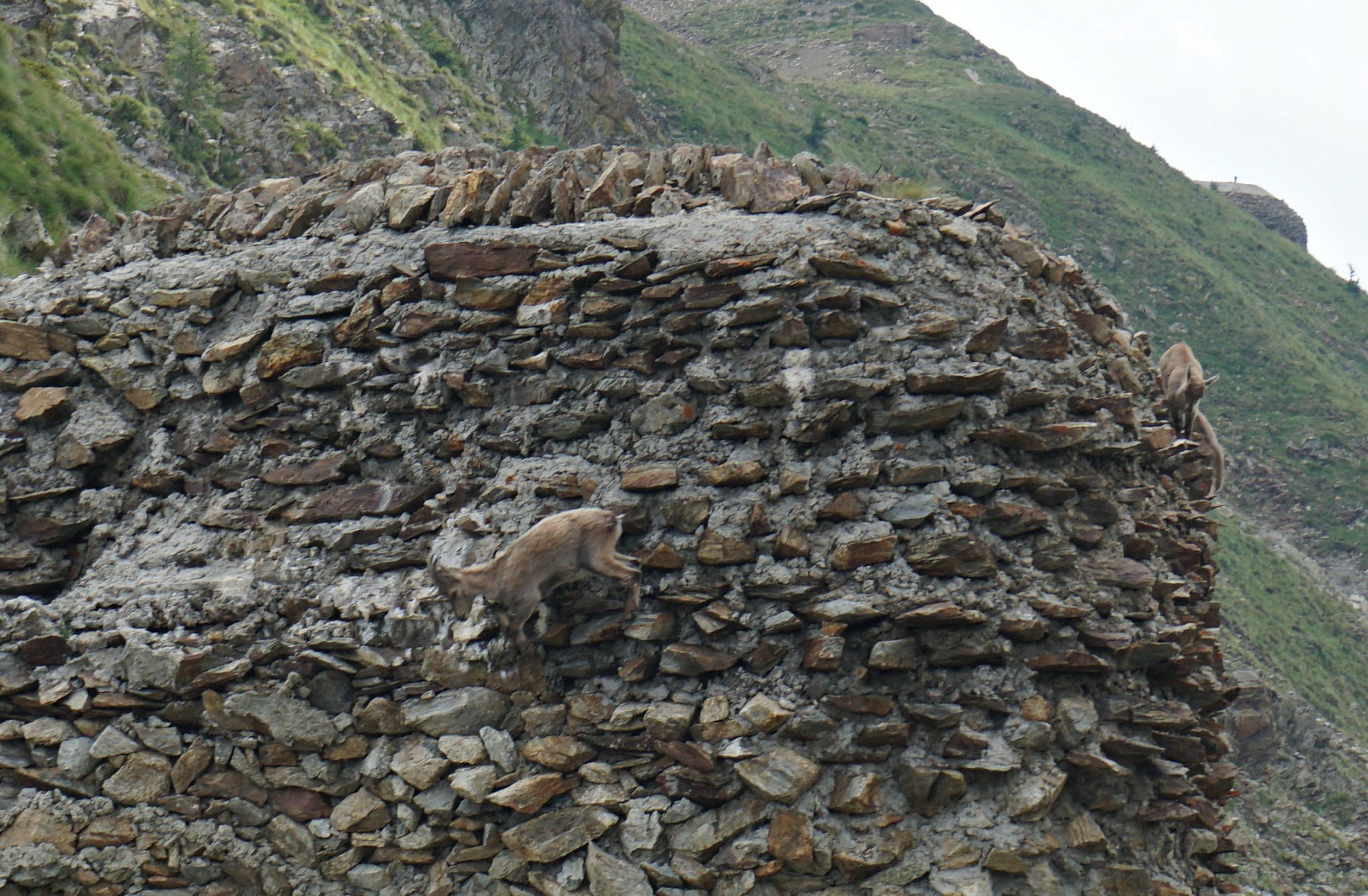






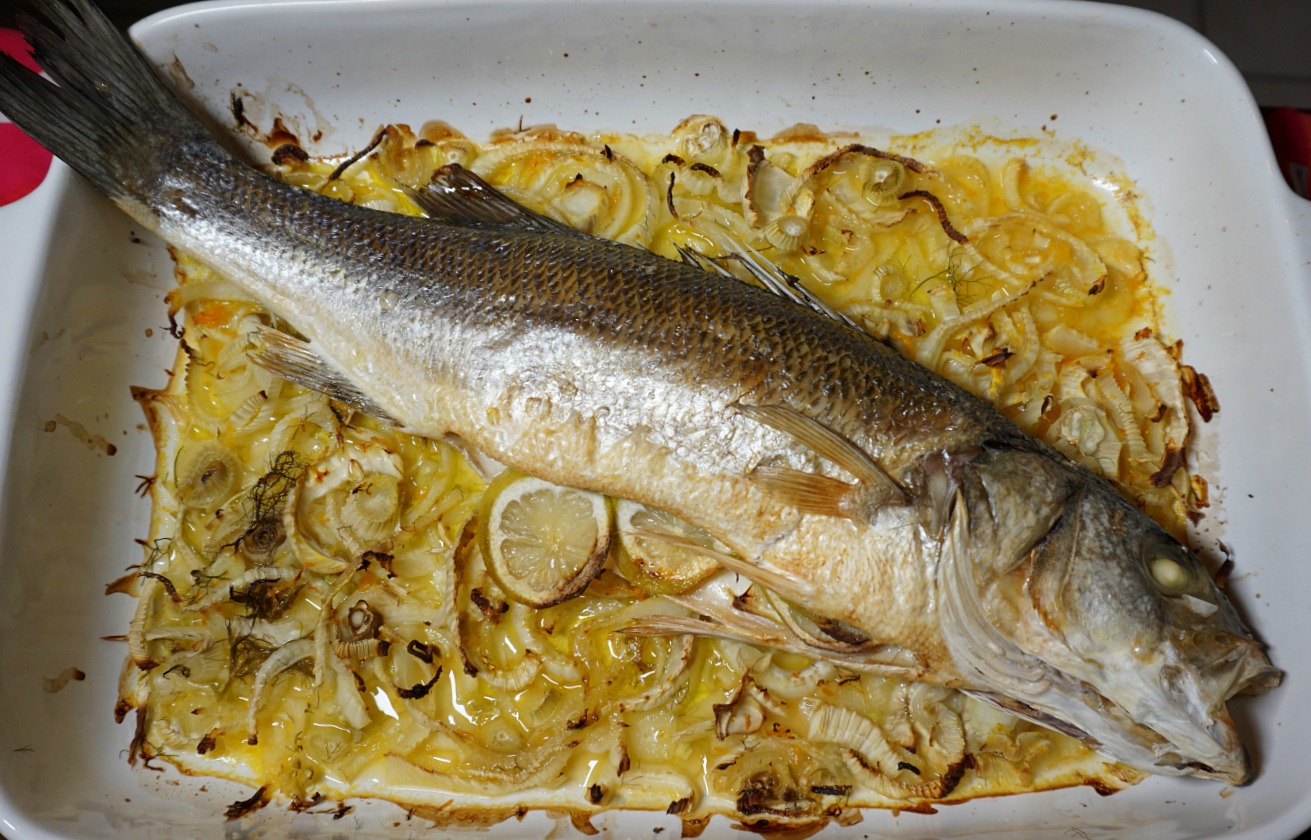
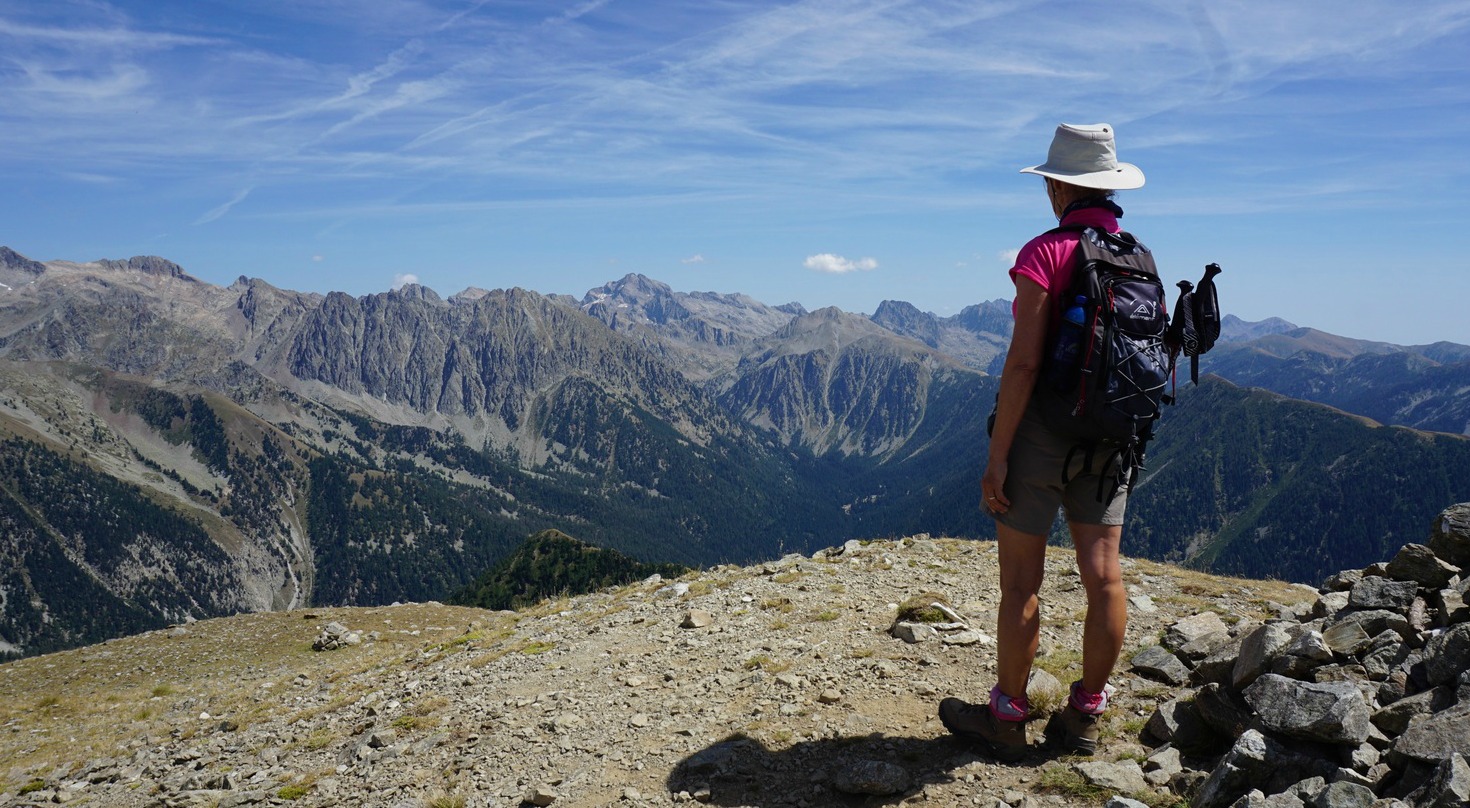









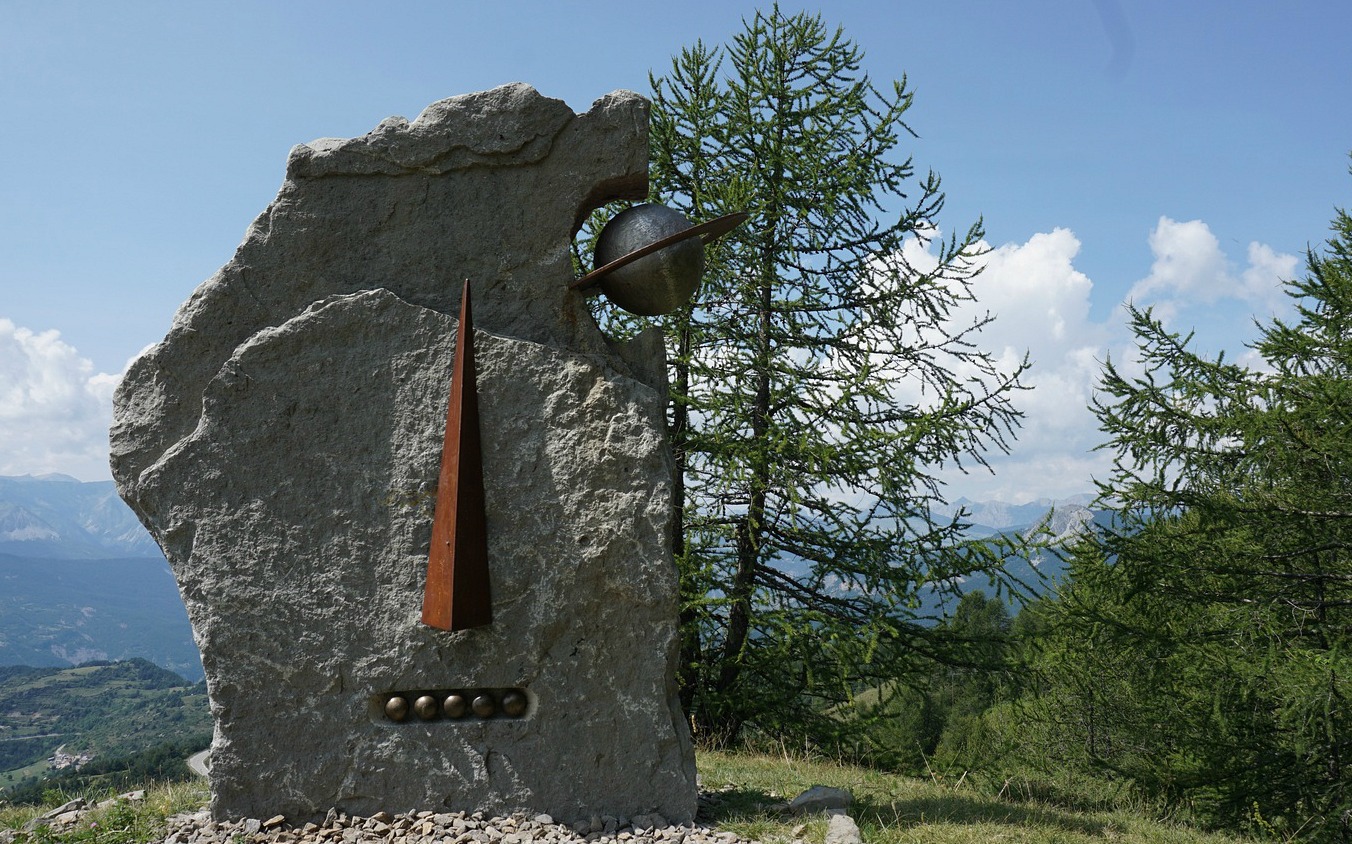




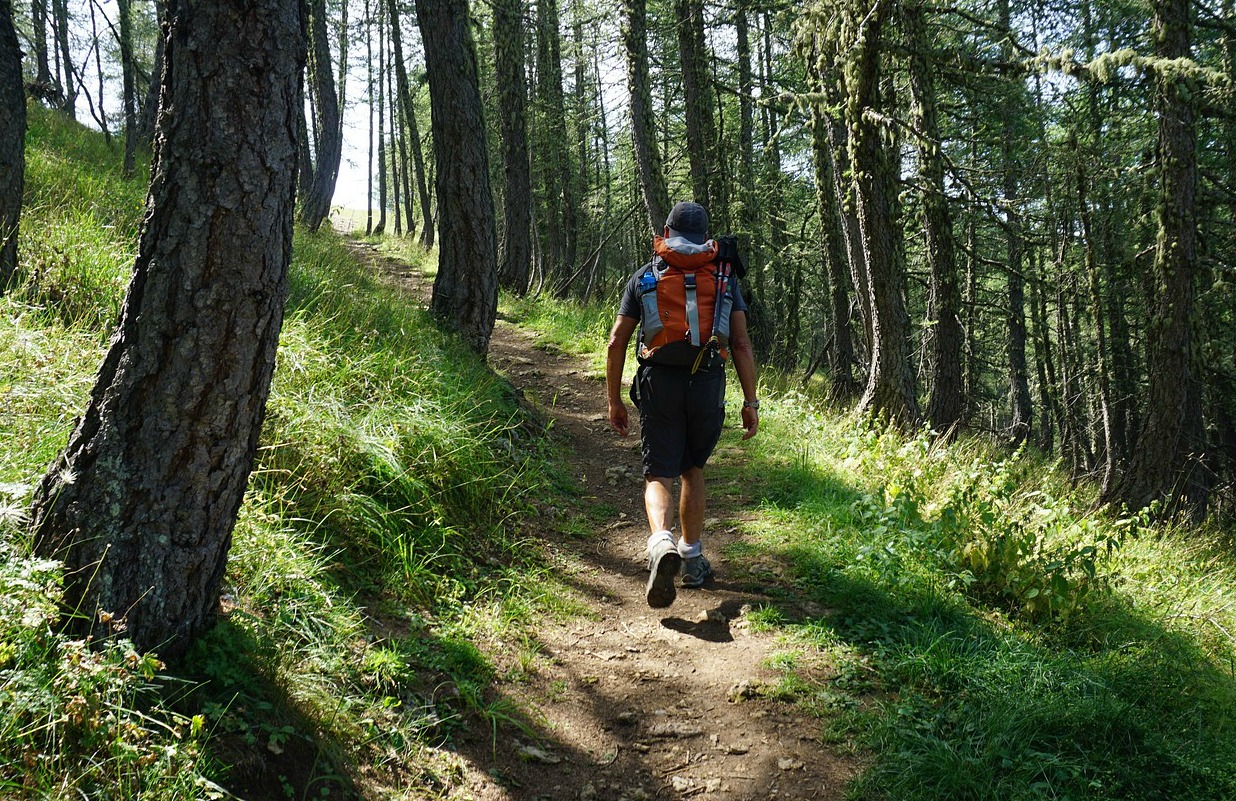






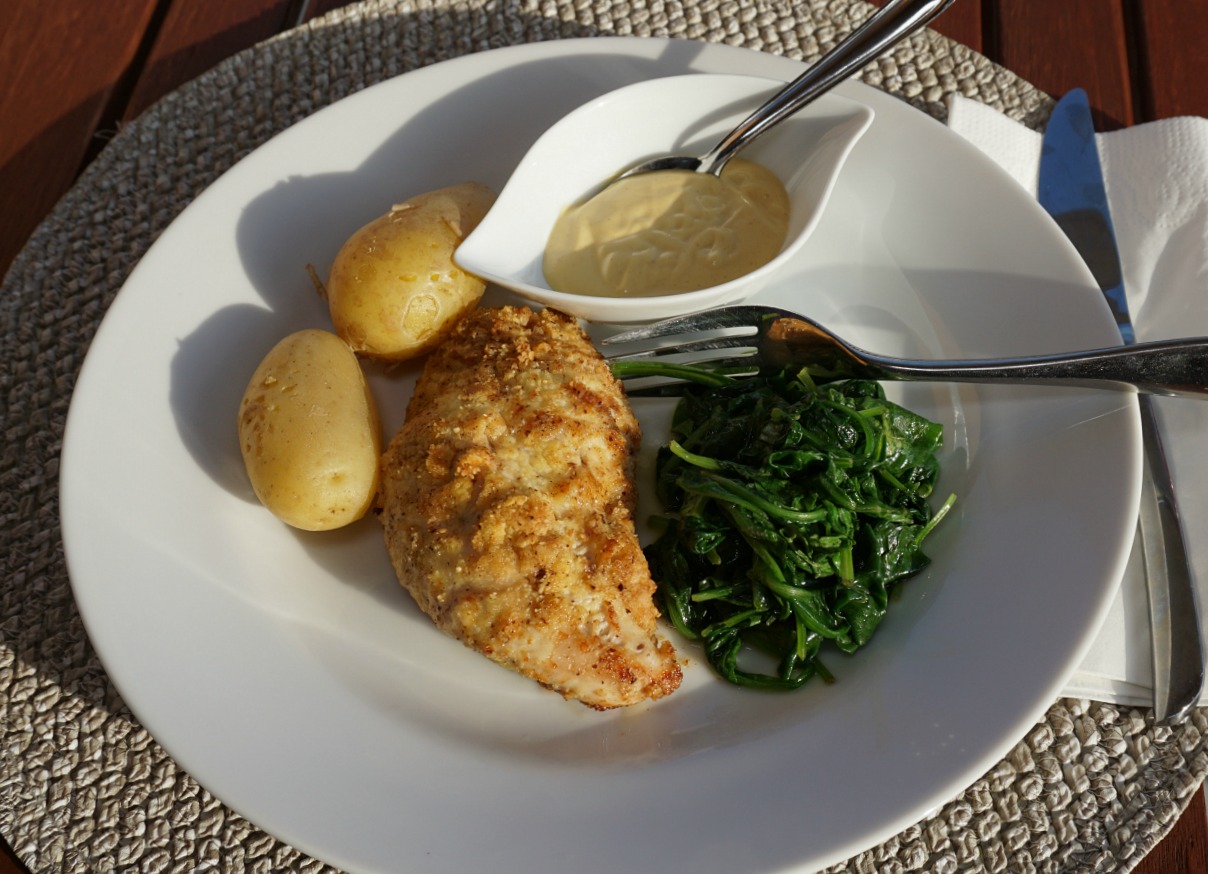





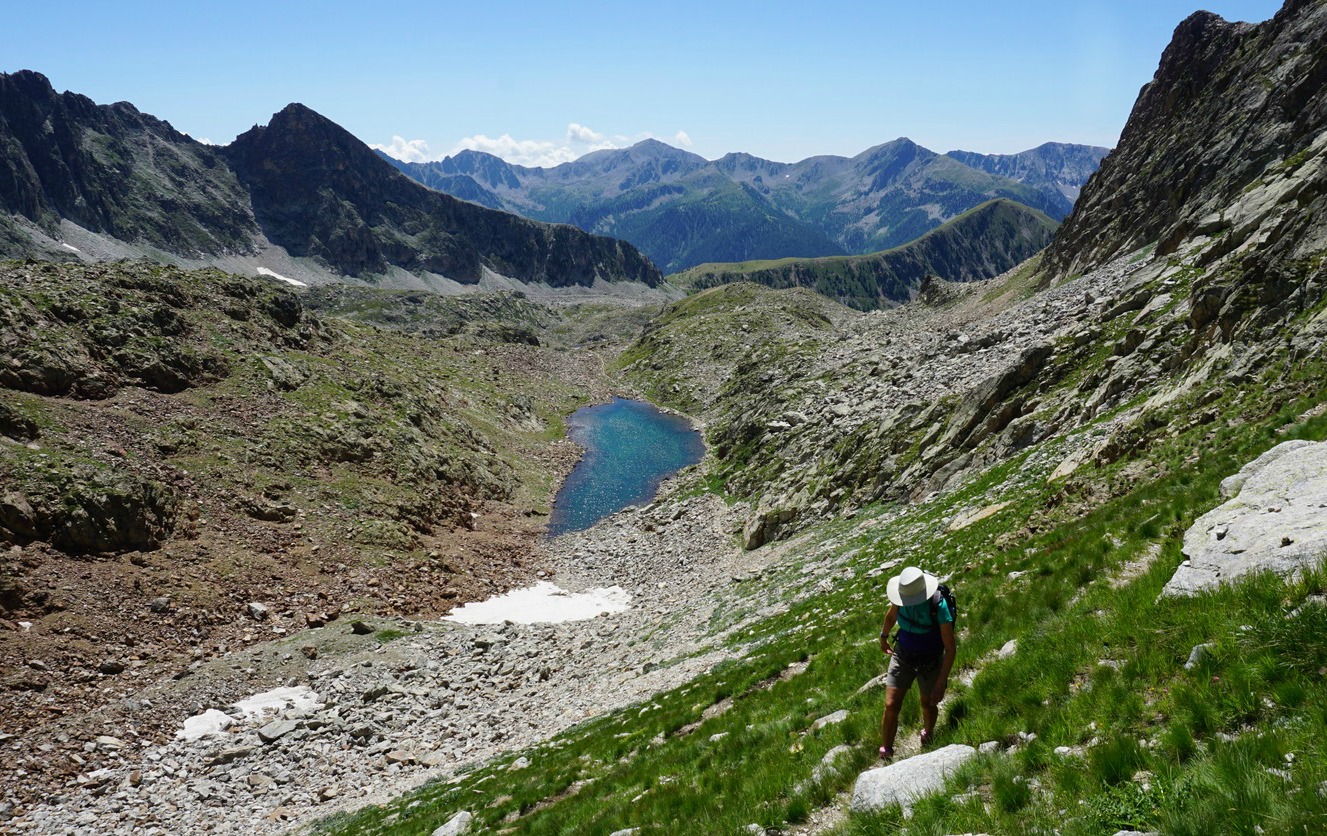









0 comments:
Note: only a member of this blog may post a comment.